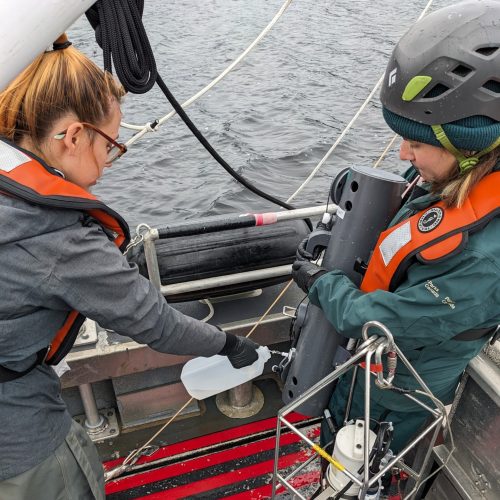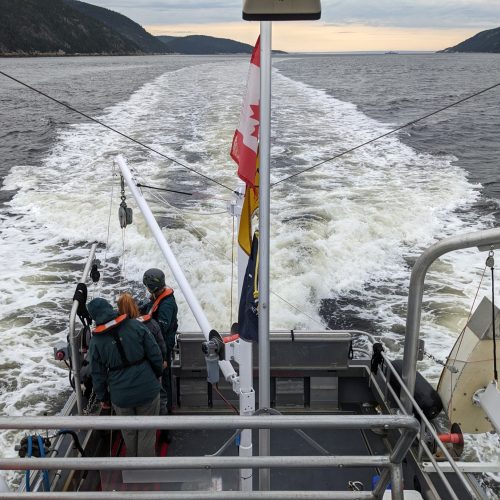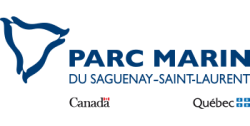

Using metabarcoding to characterize the distribution and structure of fish communities in the Saguenay Fjord
Research summary
Le fjord du Saguenay est un environnement unique. Il abrite une faune riche, autant à sa surface qu’en profondeur. On y retrouve une soixantaine d’espèces de poissons. Cependant, il y a très peu d’informations disponibles sur la distribution et la diversité des communautés de poissons du fjord.
La principale méthode pour étudier la diversité de l’ichtyofaune est la capture, avec ou sans remise à l’eau. Cependant, cette technique peut être intrusive et entraîner des répercussions négatives ou la mort des individus capturés. De plus, la capture peut avoir un faible taux de détection pour les espèces rares, sous-estimant la biodiversité totale d’un habitat.
L’analyse de l’ADN environnemental par une approche de métabarcoding est une technique complémentaire à la capture traditionnelle qui permet d’obtenir une vision différente de la diversité et de la structure des communautés de poissons, sans avoir à manipuler d’individus.
L’objectif de cette étude est d’identifier la diversité des poissons le long de la rivière Saguenay, et ce à différentes profondeurs, à l’aide de la technique de métabarcoding de l’ADN environnemental. Un profil vertical de la colonne d’eau incluant la mesure de la température, de la salinité, de l’oxygène, de la chlorophylle, de la turbidité et de la conductivité sera effectué à l’aide d’une sonde CTD. Cela permettra d’associer différentes conditions physico-chimiques aux secteurs et profondeurs échantillonnés.
Ce projet a été complété dans le cadre du projet de premier cycle de Marianne Tremblay.

Professor, Department of Fundamental Sciences, Université du Québec à Chicoutimi
Co-Holder of the Chair for Research on Exploited Aquatic Species

Professor, Department of Fundamental Sciences, Université du Québec à Chicoutimi
Director of the Chair for Research on Exploited Aquatic Species

Bachelor’s degree candidate in Biology at Université du Québec à Chicoutimi


